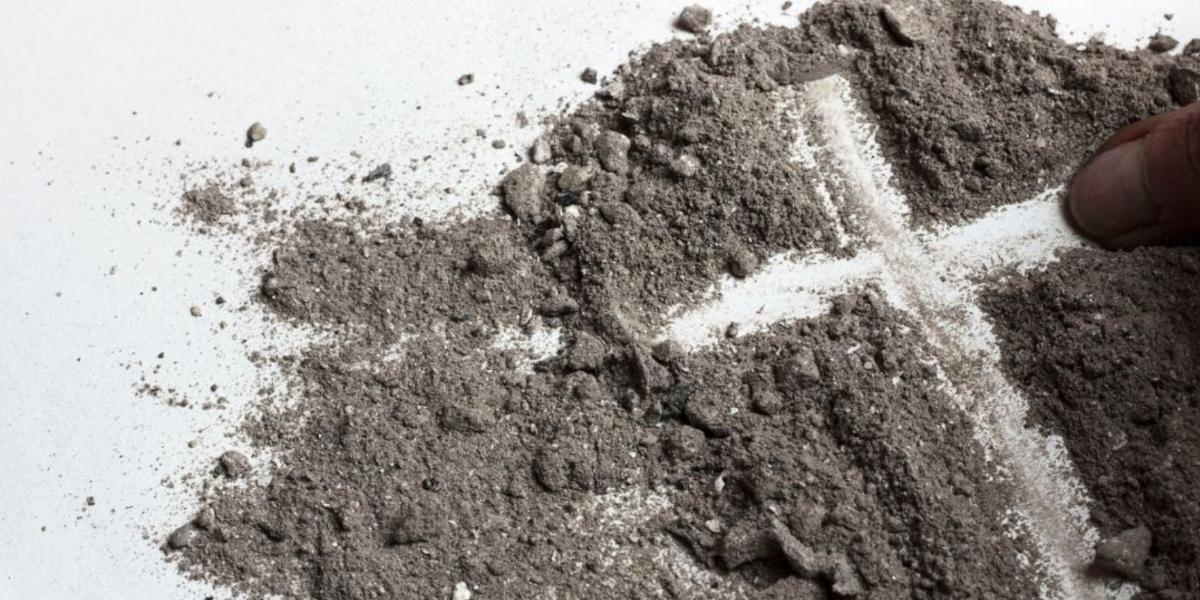
Updated on 09/22/22
Cremation is the popular choice for people in 2022, but it remains a mystery to many. From environmental effects on the ozone layer to the forgotten ashes in a funeral home’s basement. There are many facts about cremation people don’t know, here’s the truth.
1. Is Cremation or burial more popular?
More people choose to be cremated than buried these days. In some areas, that’s been true for decades.
At some point during 2015, cremation took over as the default option in the United States. There are many reasons for this, including cost, convenience, and difficulty finding local burial plots.
But in some areas, cremation has been the top choice for a long time. Canadians have preferred cremation for about 15 years. The United Kingdom has limited burial space making cremation the majority for over 50 years.
2. What is the environmental effect of cremation?
Cremation has questionable effects on the environment, particularly the ozone layer.
For years, cremation has come under fire for its reliance on fossil fuels and the large amount of carbon dioxide released into the atmosphere. Fortunately, recent innovations have made cremation less damaging.
Modern machines make a green cremation possible by cremating a body in a couple of hours. Alternative methods like alkaline hydrolysis are becoming more accessible. This approach involves a different process at a lower temperature, making it more efficient and with a smaller carbon footprint.
If you are worried about the future environmental impact of your funeral. You may also prefer a ‘Green Burial’. This is the most natural burial possible, and alongside cremation without embalming, and pairing a biodegradable urn, you create a final parting gift to both the loved one you’re honoring and the world they’re leaving.
3. What is in cremation ashes?
Cremated ashes are not really ashes at all. They are bone fragments.
People often call cremated remains “ashes.” Although ashes coming from a fire seems natural, the remains left after cremation are bone fragments. These fragments are broken down until they resemble a coarse grey sand.
This is why the amount of remains generally doesn’t vary much between adults of a similar height. The average for an adult hovers around 200 cubic inches. People who are very tall or quite petite may have more or less remains because of the size of their bones.
4. Is Cremation Expensive?
Cremation is much less expensive than a traditional burial.
Many people who choose cremation say that cost is a big factor. There is a ton of variation in the prices people might pay when someone dies. Expensive package deals that include removal and treatment of the body, rental of a facility for a service, and a permanent placement of the remains adds up.
With cremation, a lot of these costs are optional. On average, a direct cremation, or a cremation without the cost of ceremony, is between $700 and $1200. The national median cost of a funeral with a memorial and cremation is $6,970. This does not include urn price, cemetery fees, or headstone marker fees.
Compared to the national median of a burial which sits at $7,848. Without taking into account any of the extra fees, like cemetery fees and headstone marker fees.
The ability to customize options makes cremation more affordable and convenient. Instead of paying thousands of dollars for a casket, people might rent one if they plan to have a viewing. Or decide to skip the funeral home altogether and have a home memorial or decide to scatter the ashes.
5. What happens to uncollected remains?
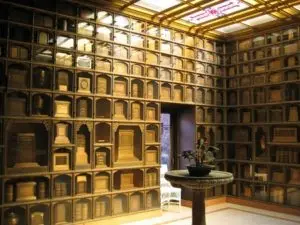

Uncollected remains are a fact of life at funeral homes. Funeral directors take different approaches to managing it.
When a person is cremated, the family will usually come to collect the remains shortly afterward. Many funeral homes offer memorial services. After that, family members may take the ashes home, scatter, or bury them as their loved ones wanted.
In some cases, a person’s remains are never collected by the family. Funeral directors are bound to keep the remains for a certain amount of time, depending on local guidelines.
After that period, which might be a year or several years, the funeral home may dispose of the ashes in a respectful manner. British Columbia regulations for the disposition of unclaimed remains say that funeral homes can dispose of the ashes after one year, if they publish notices of their intent.
In the city of Kamloops, Lawrence Shrader Lawrence Shrader keeps uncollected remains in their original containers in the basement of his funeral home. Shrader tries to contact family members about the ashes. He says in a lot of cases, people simply don’t know that the remains are still there. Typically, the remains would be placed in a common grave in a cemetery in Kamloops.
A funeral director in the city of Merritt took a different approach. To try to keep them closer to home, the funeral director of Merritt Funeral Chapel arranged for a local plot to inter many urns with uncollected remains. What began as an unfortunate tale of unclaimed ashes turned into a town’s gathering to say a loving goodbye to many of their own.
6. Should I pick a funeral or cremation?
People don’t have to pick between a funeral with a viewing and cremation. Many choose to do both.
For years, tons of people have misunderstood how cremation works. Just because families don’t have to have a funeral with cremation, doesn’t mean they cannot. In fact, this was a major factor in the Roman Catholic Church’s change of rules to allow cremation.
Families still have the option for a viewing or funeral if they want. The body can be treated to preserve it temporarily. That way, family and friends can participate in a wonderful sendoff before the cremation process.
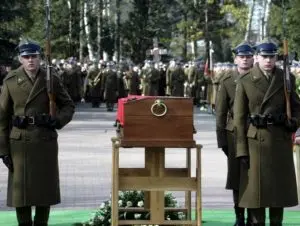

7. Can I transport ashes?
National and local guidelines for transport or disposing of ashes can be very complicated.
Since ashes do not decompose and are small in size, many people want to take them to a different place. Scattering or burying ashes in a memorable location could be the perfect final rest for a loved one. However, people have to keep in mind that the rules for transporting or disposing of human remains can be quite strict.
Airlines have different rules for bringing remains on board or putting them in checked luggage. For example, American Airlines allows cremated remains as a carry on for domestic flights, but asks to research the rules for international travel. As well as making sure that the urn can be scanned with TSA, they also offer shipping through their TLC page. Families who want to ship ashes internationally have to follow the post office’s policies and the rules of the destination country.
Disposing of remains in a public location calls for similar attention. Private property always requires permission from the owner. Some national parks are happy to accommodate families who follow the rules, and some are not. Scattering or burying ashes in water may or may not be legal. It depends on the use of the water, and how close to land people are when they release the remains.
The bottom line is researching before making any decision. Figure out which airline you would like to use and where you would like to scatter. Go to the websites and find all of the rules, laws, and regulations to be better prepared.
8. Are there different ways to memorialize someone who’s been cremated?


There are new and different ways to cremate a body, and the industry is often looking to innovate.
Preparing people for a final rest is an industry full of history and tradition. But, it is also full of people who are looking for unique options for burial. For example, the green burial movement has driven a variety of alternatives in cremation and handling of remains.
Alkaline hydrolysis, the chemical dissolution of the body, has only been growing as a choice for humans in the past 20 years. The number of cremation chambers that can do this is increasing worldwide. Even people who choose the standard cremation option have choices.
They could have their remains turned into a glass keepsake that will last a lifetime or placed with seeds to grow wildflowers or a tree. There is a growing interest in creating a lasting memento that speaks of a person’s life and journey. Whether this be creating a dedicated spot in your family home, a 3D printed urn, or a custom urn.
If cremation is so popular nowadays, why are there so many misunderstandings about it? The broad acceptance of cremation in such a short time means that lots of people are still catching up. A better understanding makes it easier for people to know how cremation works, and the possibilities they have if they choose it.


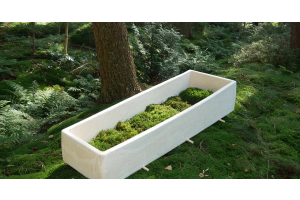
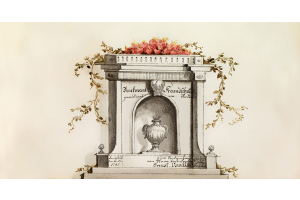



Besides the cost differences, cremation allows the bodies to decompose must swifter than through burial.